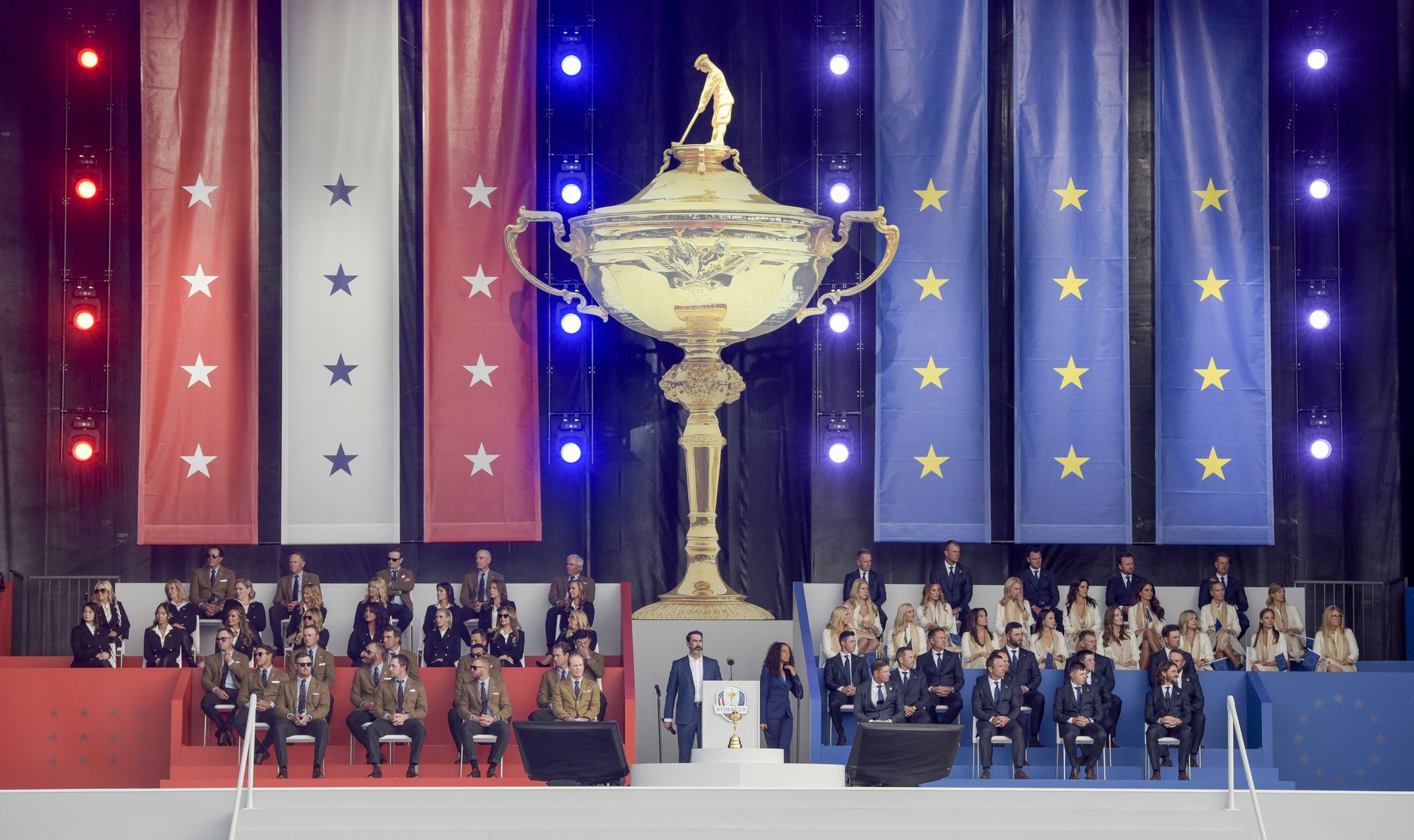From Humble Beginnings to One of College Golf’s Most Storied Programs
The history of the Stanford University golf program is a rich and storied one, filled with success, innovation, and numerous standout individuals. From its humble beginnings as a small college golf team to its current position as one of the premier programs in the country, Stanford golf has left an indelible mark on the sport and the university as a whole.
The Origins of Stanford Golf
The origins of Stanford golf can be traced back to the early 1900s, when the university was still a fledgling institution. In 1906, the first official golf team was formed, and it quickly gained popularity among students and faculty alike. The team played on a makeshift course on the campus grounds, using equipment donated by local supporters.
Despite these humble beginnings, the team quickly proved itself to be a formidable force in college golf. In 1913, it won the Western Intercollegiate Golf Association championship, the first of many titles that would follow in the years to come.
Stanford’s Early Golfing Greats
The success of the early Stanford golf team can be largely attributed to a handful of standout individuals who helped shape the program into what it is today. One such individual was Bert Stamps, who played on the team from 1913 to 1916 and helped lead them to their first championship. Stamps was known for his precision on the course and his natural athleticism, and he quickly became a fan favorite among Stanford supporters.
Another key figure in the early history of Stanford golf was Bill “Cannonball” Bedford. Bedford played on the team in the early 1920s and was known for his powerful swing and his aggressive approach to the game. He helped lead the team to two more Western Intercollegiate Golf Association titles and was later inducted into the Stanford Athletic Hall of Fame.
The Rise of Stanford Golf in the 1940s and 50s
Although the early Stanford golf team had achieved considerable success, it wasn’t until the 1940s and 50s that the program really began to take off. During this time, Stanford’s golf team was coached by the legendary George “Gus” Moreland, who helped turn the program into a national powerhouse.
Under Moreland’s guidance, the team won numerous championships, including the NCAA championship in 1942 and the Western Intercollegiate Golf Association title in 1946. Moreland was known for his innovative coaching methods, including the use of video analysis to help improve his players’ swings.
During this era, Stanford produced several standout golfers, including Sandy Tatum, who played on the team from 1948 to 1953. Tatum was known for his precision on the course and his strong leadership skills, and he helped lead Stanford to three consecutive NCAA championships from 1953 to 1955. Tatum went on to have a successful career as a lawyer and was later inducted into the World Golf Hall of Fame.
The Tiger Woods Era
Although Stanford golf had seen considerable success in the past, it wasn’t until the arrival of Tiger Woods in 1994 that the program truly became a household name. Woods, who had been a standout junior golfer before coming to Stanford, quickly made a name for himself on the collegiate circuit. In his freshman year, he helped lead the team to an NCAA championship and won the individual championship as well.
Woods went on to have a remarkable collegiate career, winning a total of 10 individual championships and helping lead Stanford to three more NCAA championships in 1995, 1996, and 1998. His dominance on the course helped raise the profile of Stanford golf and helped attract some of the best young golfers in the country to the program.
After leaving Stanford, Woods went on to have a storied professional career, winning 15 major championships and becoming one of the greatest golfers of all time. However, his impact on the Stanford golf program didn’t end there. Woods has remained a vocal supporter of the program and has donated millions of dollars to help fund the team’s facilities and operations.
The Continued Success of Stanford Golf
Since Woods’ departure, the Stanford golf program has continued to be one of the top programs in the country. Under the guidance of head coach Conrad Ray, the team has won numerous championships, including the NCAA championship in 2007 and 2019. Ray, who was a standout player on the Stanford golf team in the 1990s, has continued Moreland’s tradition of innovative coaching methods, using cutting-edge technology and data analysis to help improve his players’ games.
In recent years, Stanford has produced several standout golfers, including Maverick McNealy, who played on the team from 2013 to 2017. McNealy was a two-time All-American and won numerous individual championships during his time at Stanford. After graduating, he turned pro and has had a successful career on the PGA Tour.
Stanford Golf Today
Today, the Stanford golf program is considered one of the top programs in the country, consistently ranking in the top 10 of the national rankings. The program has produced numerous PGA Tour professionals, including Tiger Woods, Maverick McNealy, and Patrick Rodgers.
The program is also known for its commitment to innovation and technology. The team practices at the Stanford Golf Performance Center, which features cutting-edge equipment and technology designed to help players improve their games. The center includes a putting lab, a swing analysis room, and a fitness center, among other features.
The Future of Stanford Golf
Looking to the future, it seems likely that the Stanford golf program will continue to be a dominant force in the world of college golf. The program has a strong tradition of success and innovation, and it continues to attract some of the best young golfers in the country. With the continued support of alumni like Tiger Woods and a commitment to staying at the forefront of golf technology and training methods, the program is well-positioned for continued success in the years to come.
The history of the Stanford University golf program is one of success, innovation, and numerous standout individuals. From its humble beginnings as a small college golf team to its current position as one of the premier programs in the country, Stanford golf has left an indelible mark on the sport and the university as a whole. With a commitment to innovation and a strong tradition of success, it seems likely that Stanford golf will continue to be a dominant force in the world of college golf for years to come.








